Wall panels have become a popular choice for interior design due to their versatility, aesthetics, and ease of installation. However, their fire safety performance is a crucial consideration, especially in commercial and residential buildings. This essay explores fire resistance and safety standards for various wall panel types, including Wood Plastic Composite (WPC), acoustic wall panels, and PVC wall panels.
“Fire safety is paramount when choosing wall panels. While WPC, acoustic, and PVC options offer aesthetic and practical benefits, their fire resistance varies. Understanding building codes, fire ratings, and material properties empowers informed decisions for a safe and stylish interior space.”
Fire resistance refers to a material’s ability to withstand fire exposure for a specific time, measured in hours, which is vital for building safety. During a fire, fire-resistant walls help compartmentalize the blaze, preventing its spread to other areas and allowing occupants valuable time to evacuate.
Several regional building codes in North America establish fire safety standards for wall panels. These codes typically reference standardized fire resistance tests conducted by accredited laboratories. A common standard is ASTM E84, which measures a material’s flame spread and smoke development indices. Additionally, specific codes might dictate minimum fire resistance ratings for walls depending on the building type, occupancy, and location within the building.
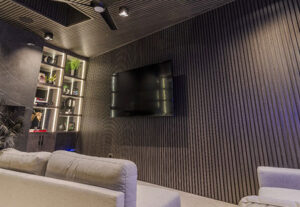
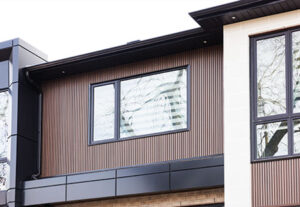
WPC panels, a composite material consisting of wood fibers and plastic polymers, offer varying fire resistance depending on the specific composition and manufacturing process. Manufacturers can incorporate fire retardants into the WPC mix or utilize a non-combustible core material to enhance fire safety. However, untreated WPC panels can be combustible, highlighting the importance of understanding the specific fire rating of the chosen product.
Acoustic wall panels on the other hand which are designed to absorb sound and reduce noise levels, come in various materials with unique fire resistance characteristics. Fabric-wrapped panels often have a fabric surface adhered to a core material. The fire resistance depends on both the fabric, which can be inherently flame-retardant, and the core material, such as fire-resistant gypsum board or other non-combustible materials. Fiberglass panels are non-combustible and offer good fire resistance, but the binder used to hold the fiberglass together can influence performance. It is essential to look for fiberglass panels with a fire-resistant binder. Wood-based acoustic panels might have similar fire resistance to WPC panels depending on the wood type, composition, and presence of fire retardants.
PVC (Polyvinyl Chloride) wall panels, popular for their durability and moisture resistance, require careful consideration regarding fire safety. Untreated PVC is combustible and releases harmful fumes when burned. However, manufacturers offer PVC wall panels with fire retardants added during production, and some have a non-combustible core material, both improving fire safety.
When selecting wall panels, prioritizing fire safety is essential. It is crucial to ensure the chosen wall panels comply with the relevant building codes and fire safety regulations for your specific location and building type. Consulting with a building professional for guidance is advisable. Understanding the fire resistance rating of the chosen wall panel and whether it meets the minimum requirements for your project is also vital. Look for independent test reports to verify the rating. Be aware of the primary materials used in the wall panel and their inherent fire resistance properties. Panels with fire retardants or non-combustible core materials should be prioritized.
In conclusion, fire resistance is a critical factor when selecting wall panels. While WPC, acoustic, and PVC panels offer various advantages, their fire safety performance varies depending on the material composition and manufacturing processes. Understanding fire codes, fire resistance ratings, and material properties allows you to make informed decisions for a safe and well-designed interior space.

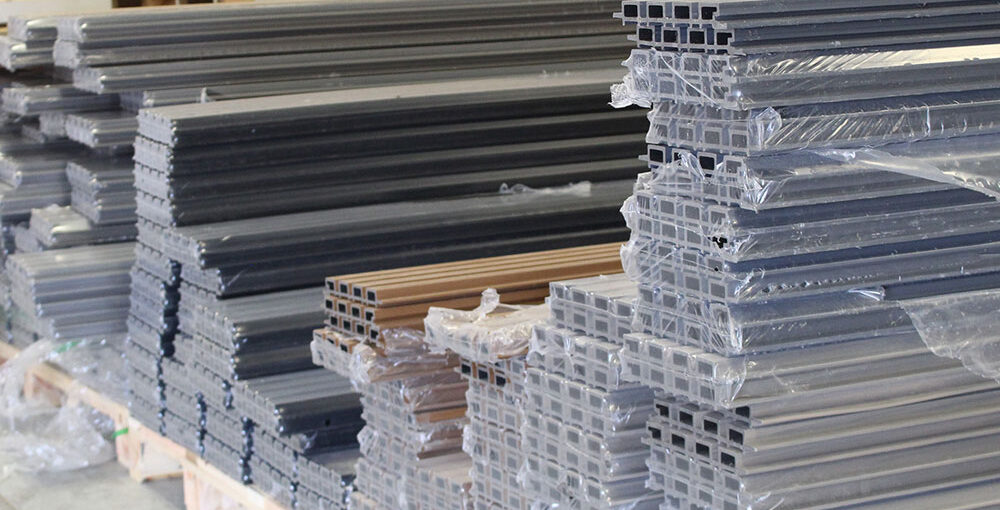
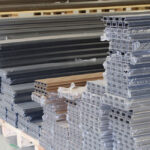





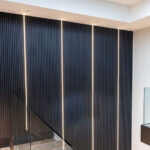
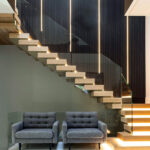
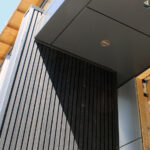

3 Comments
Lorem ipsum dolor sit amet, consectetur adipiscing elit, sed do eiusmod tempor incididunt ut labore et dolore magna aliqua. Quis ipsum suspendisse ultrices gravida. Risus commodo viverra maecenas accumsan lacus vel facilisis.
Cras maximus ultricies volutpat. Praesent ut enim non enim vulputate fringilla.
Cras maximus ultricies volutpat. Praesent ut enim non enim vulputate fringilla.